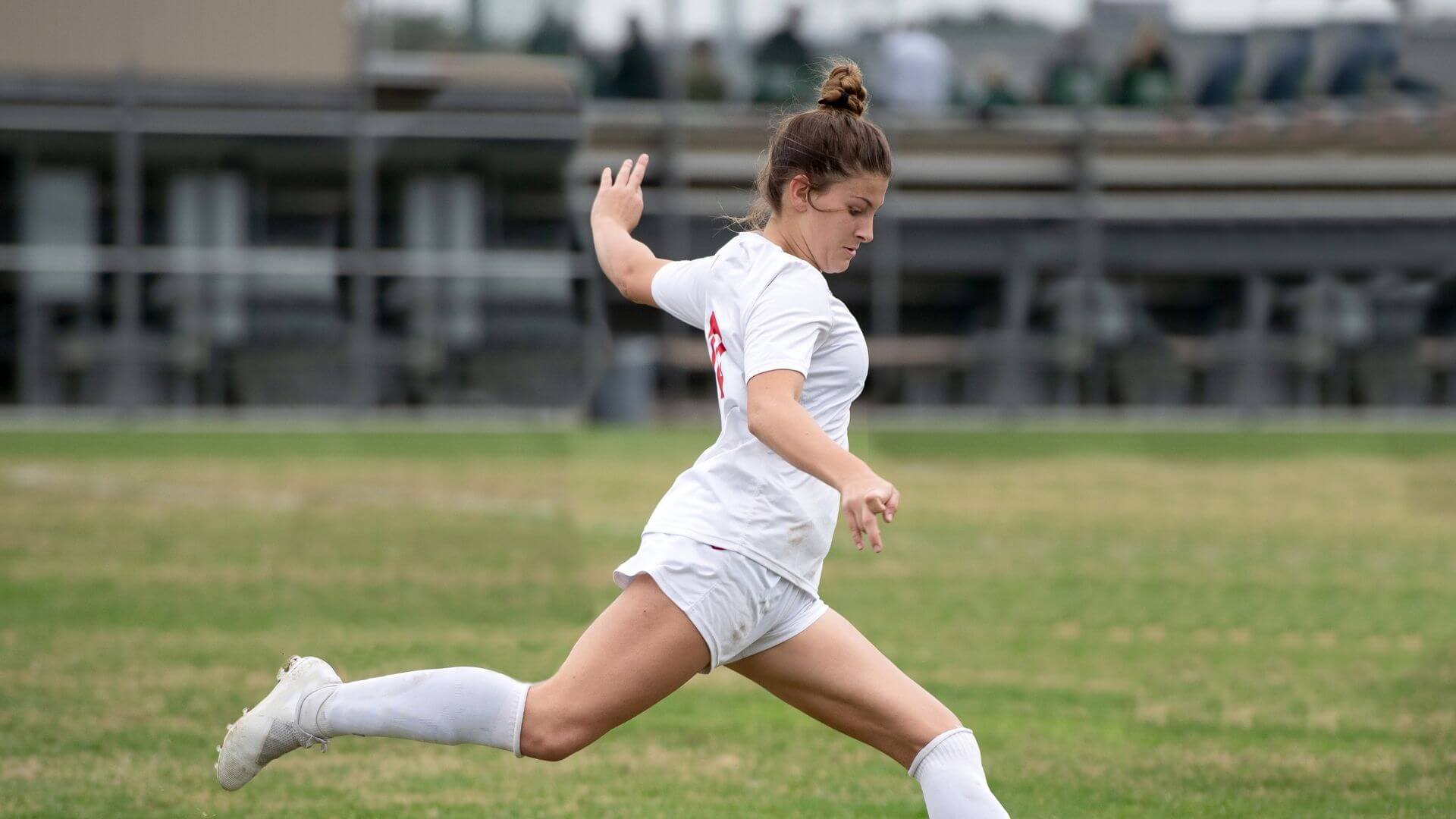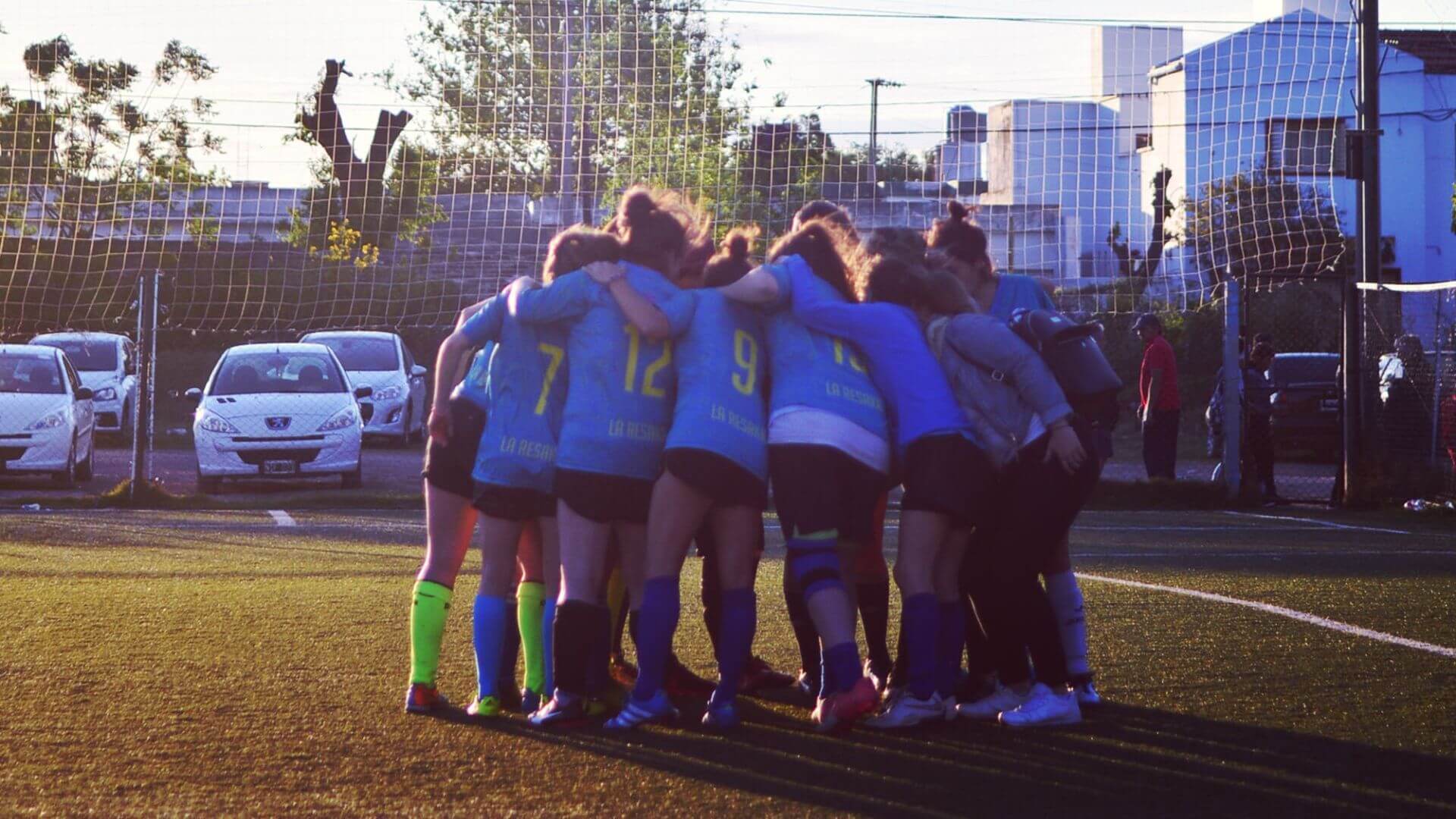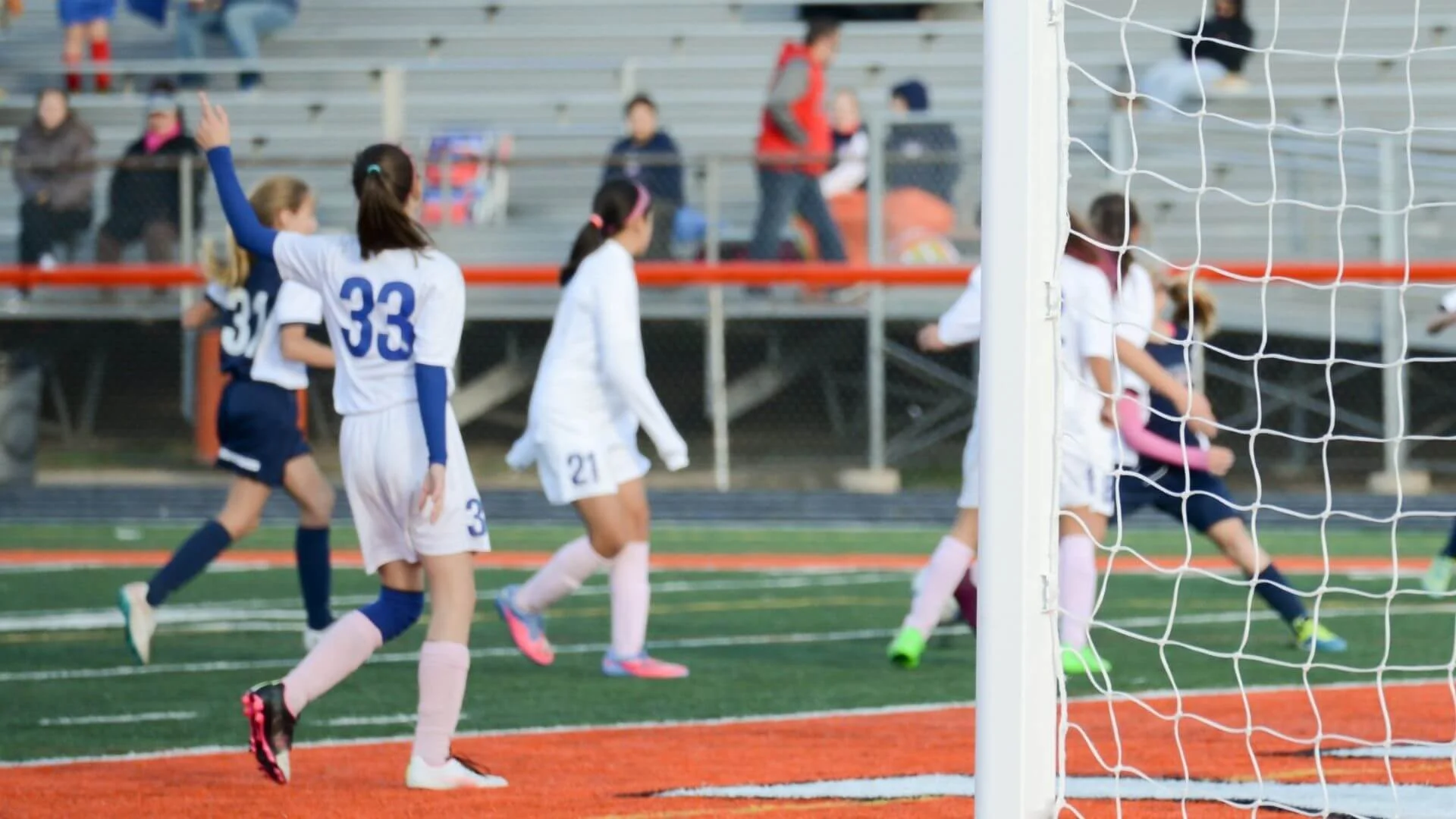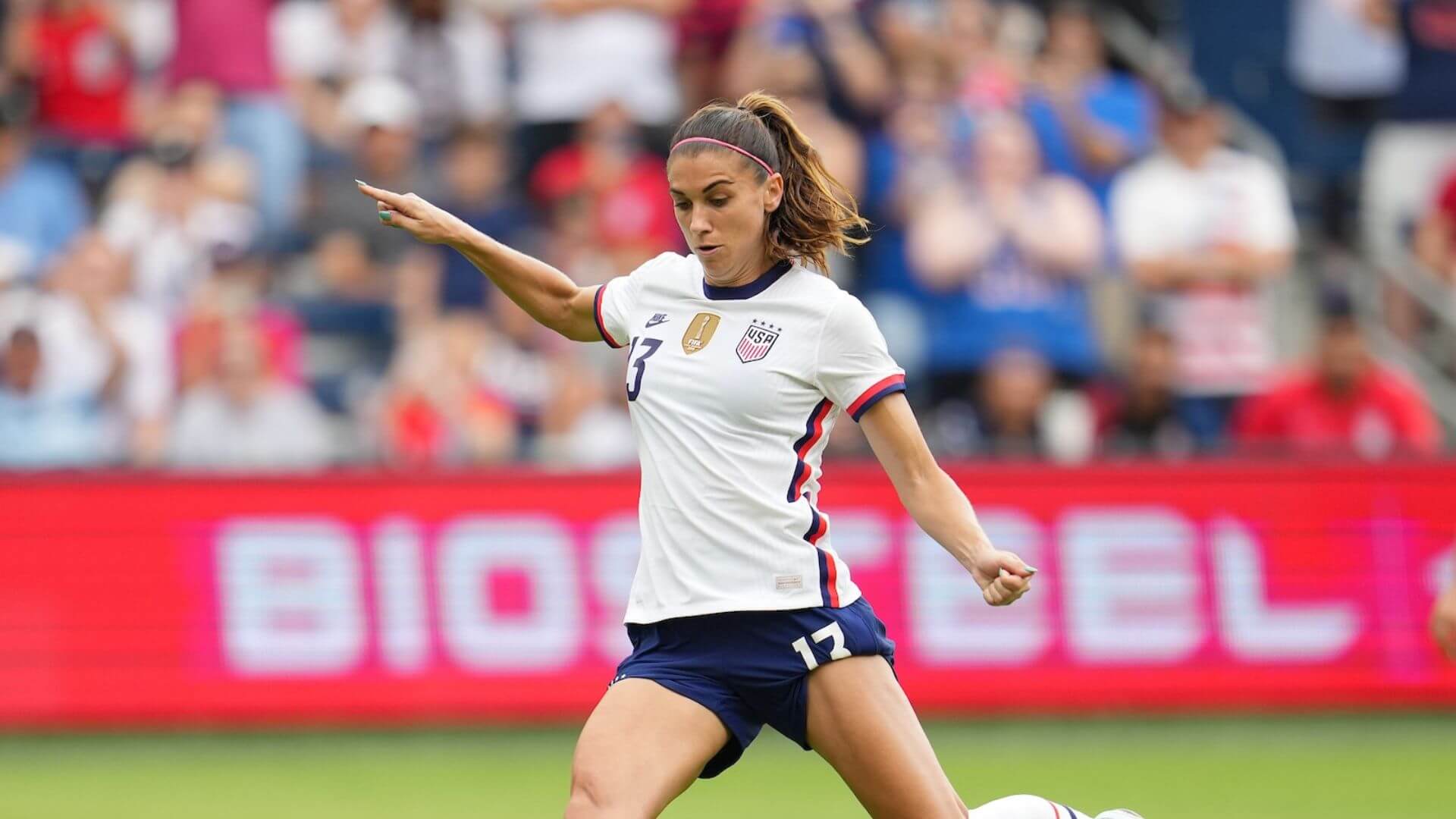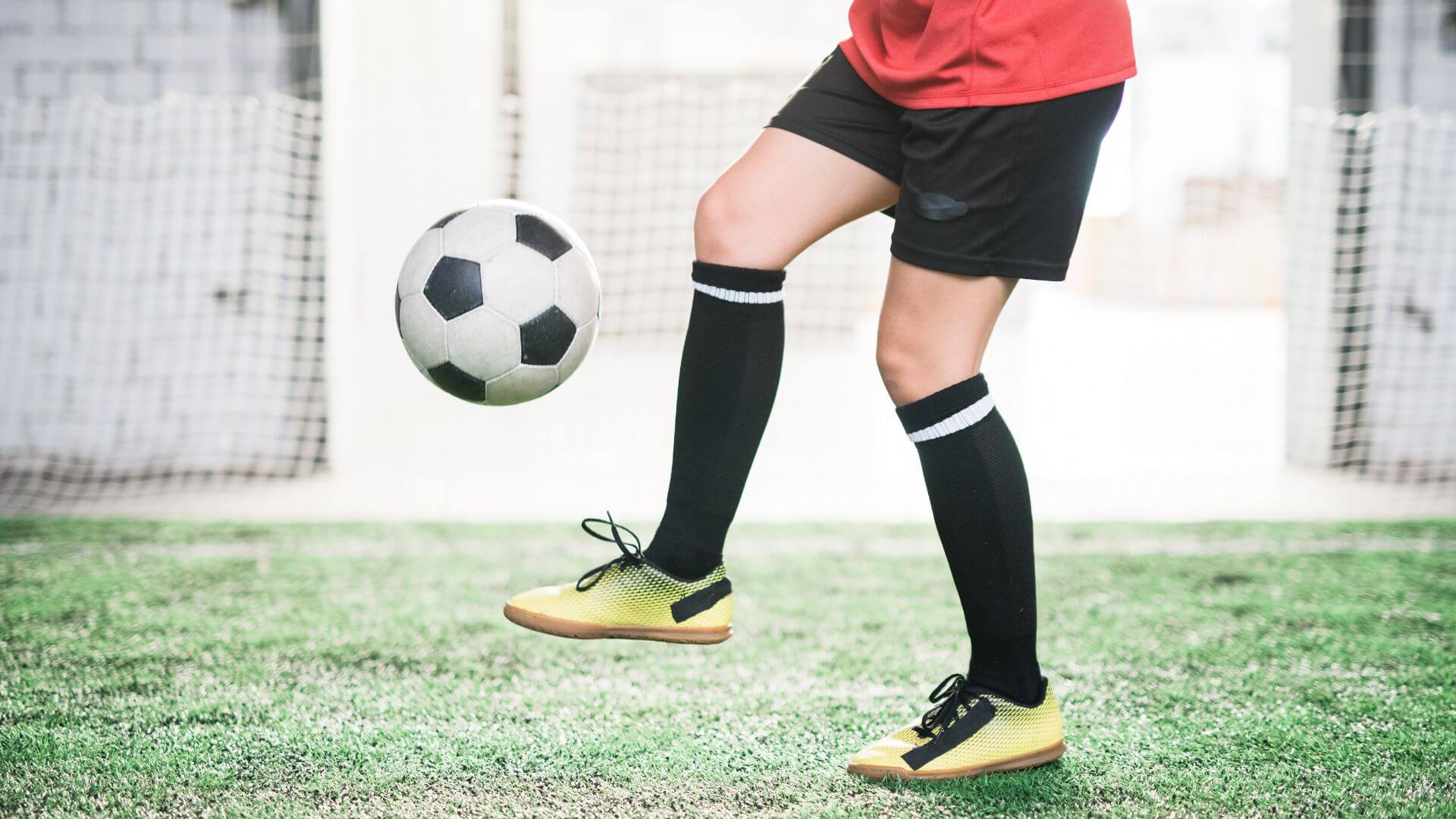Why Your Arm Swing is Important to Increase Speed
We are coached A LOT as Socceristas. From the first time we first join a soccer team to high school, college, or beyond. I’m sure you’ve had great coaches and not-so-great coaches. But one aspect that we often overlook is the mechanics of our sport. Such as: How to run faster? How to build strength in the weight room to improve performance? Why agility work is important for your game? And how to increase speed.
Part of the mechanics of running (and generating speed) is the arm swing. Simply, how your arms swing back and forth as you run. I’ll never forget “the drill” that taught me how important arm swing is to increase speed. If you sit on the ground with your legs straight out in front of you and practice your arm swing, you will see how your legs move in response to your arm swing. The faster you move your arms back and forth, the faster your legs move too. That’s just the basic explanation of that drill. Give it a try!
We are going to break that down a little further. When you’re running, you need to check HOW your arms swing. It’s recommended to record yourself running so you can break down your mechanics. According to Power Athlete HQ, “The arm swing is the contralateral movement to the legs in a sprint. That said, the function of the arm swing is directly correlated to the action of the lower limbs. The “punch” up phase controls stride frequency (how quickly or slowly you cycle your legs) while the “hammer” behind phase controls the stride length (hip, knee, and ankle extension).”
Common errors of the arm swing that get in the way of maximizing speed are:
- Minimal extension (bringing back) of the arms during the swing phase. This reduces stride length while increasing the frequency of strides, leading to quicker exhaustion and less speed.
- Side-to-side arm swing where the arms move across the body instead of up and down from chin to pocket. This produces trunk rotation which reduces speed going forward.
- Added stress or tension to the arm swing. If your face is tense, shoulders are elevated, and hands are clenched, this adds tension in your arms, adding rigidity to the smooth process of speed.
- Posture plays a role in speed development. If your posture is broken, it will throw off your running form affecting your speed.
Key factors in increasing speed:
- The arm swing forward should be by the cheek with an arm bend of about 85 degrees.
- The arm swings back by the hip/butt with an arm bend of about 100 degrees. “Chin to pocket.” or “Chin to butt cheek.”
- Arms travel in a straight line following the pattern mentioned above. This eliminates that side-to-side arm swing.
- Relax your face. Relax your shoulders. Hold your thumb and pointer finger lightly together, keeping your body smooth and relaxed.
- The torso should be tall and rigid as your force production comes from the legs through a strong core to generate power and speed.
Coaches focus a lot on force production to generate speed. This is a two-component topic. Arm swing helps to generate force, increasing speed. Think of it like learning how to kick a ball. At some point in your career, you had a coach break down the steps to a powerful shot. Where to place your foot, how to follow through, etc.
The same breakdown applies to your running form, creating speed, and generating power. You must look at the foundations of the movement and work towards mastering those foundations. This is where your skill and talent will be able to grow from…a strong foundation!
Featured image via Adobe Stock Images
_
GIRLS SOCCER NETWORK: YOUR SOURCE FOR GIRLS SOCCER NEWS



